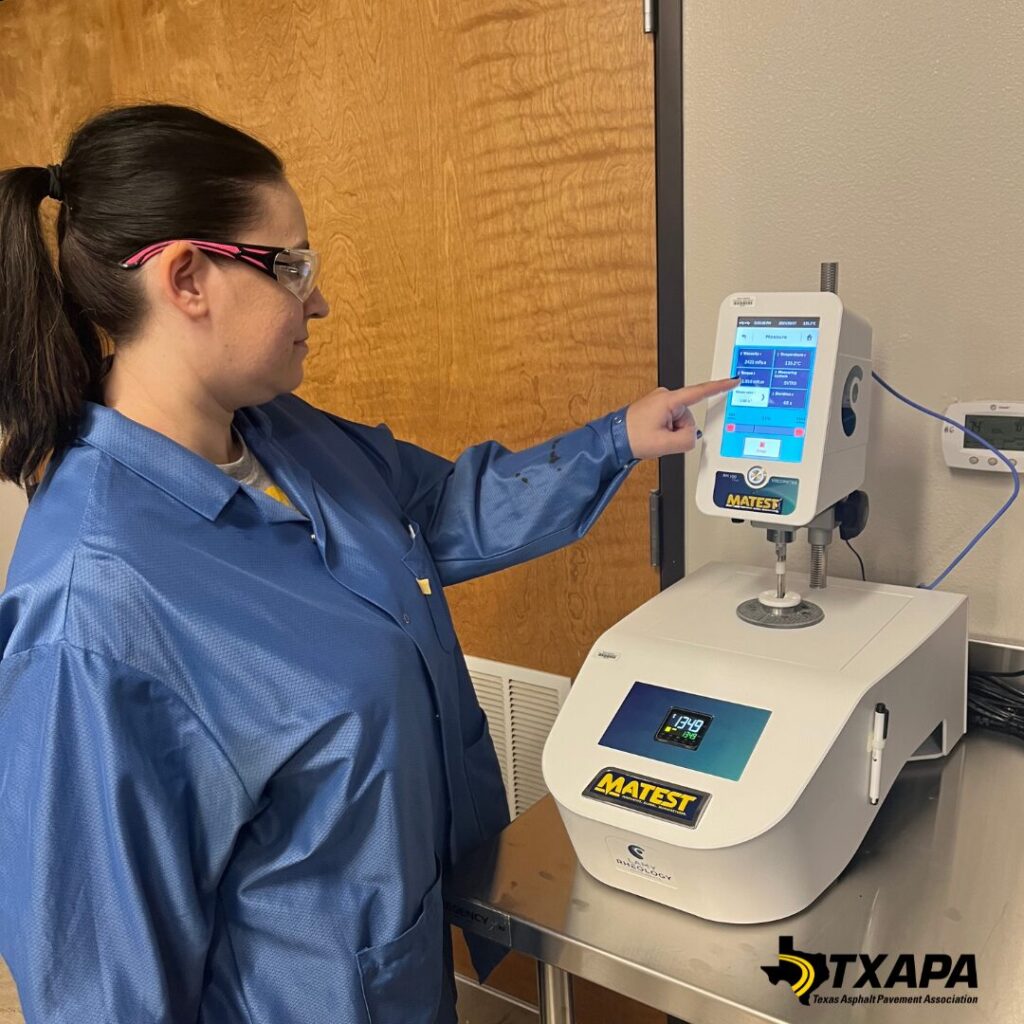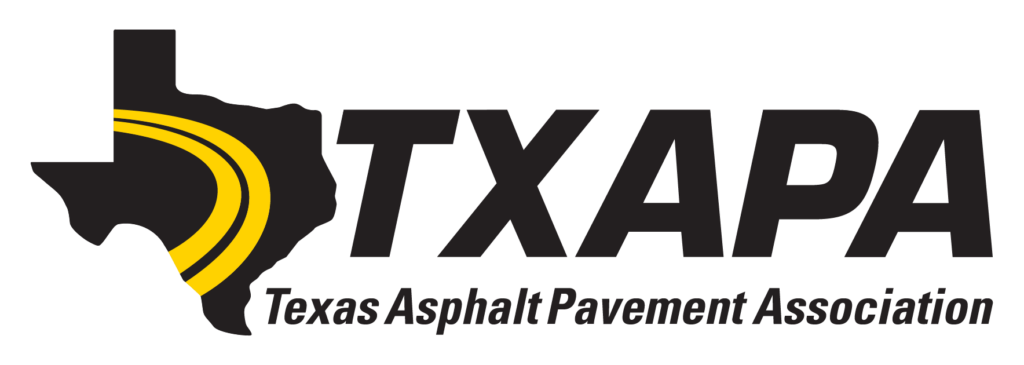Laboratory Safety
Categories

According to the Occupational Safety and Health Administration (OSHA), more than 500,000 people are employed in laboratories throughout the United States. A laboratory can be a hazardous place to work. Laboratory workers are exposed to several potential hazards and risks. A safety culture must be established within the workplace, focusing on education and awareness, with the goal of creating a safe laboratory environment that achieves zero injuries and incidents.
Technicians need to be aware of the hazards associated with each test they perform. Prior to starting any testing, laboratory technicians need to plan their work. First and foremost, they need to receive the proper training to understand what the hazards may be. This includes handling materials, equipment usage, emergency procedures, and first aid.
It is imperative for technicians in any laboratory environment to use personal protective equipment (PPE). At a minimum this includes the use of safety glasses, lab coats, gloves, and steel-toed boots. Good housekeeping needs to be part of safety standard procedures, such as maintaining a clean workspace, storage of supplies, and regular inspections of PPE, equipment, spills, and trip hazards.
Lastly, employees must not have any reservations for reporting dangerous activities or situations. This includes all accidents regardless of how minor. If you see something, say something, and this will help prevent accidents leading to employee injuries and incidents.
